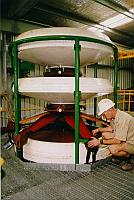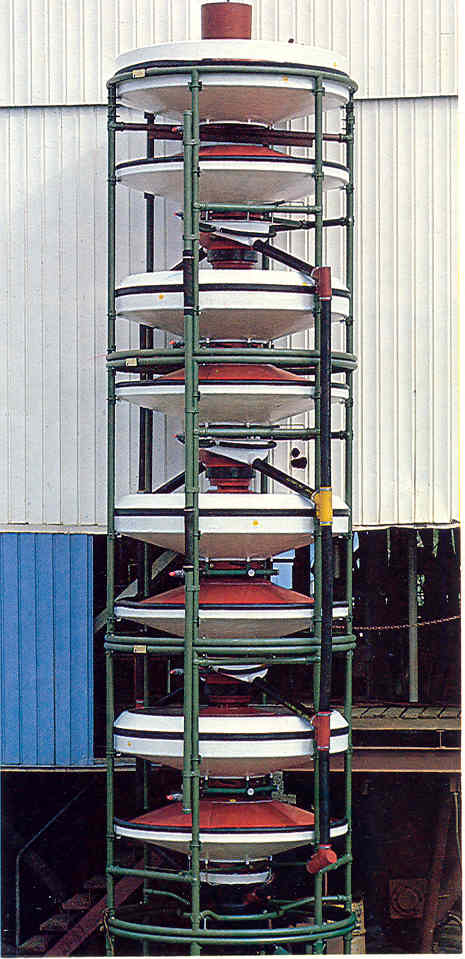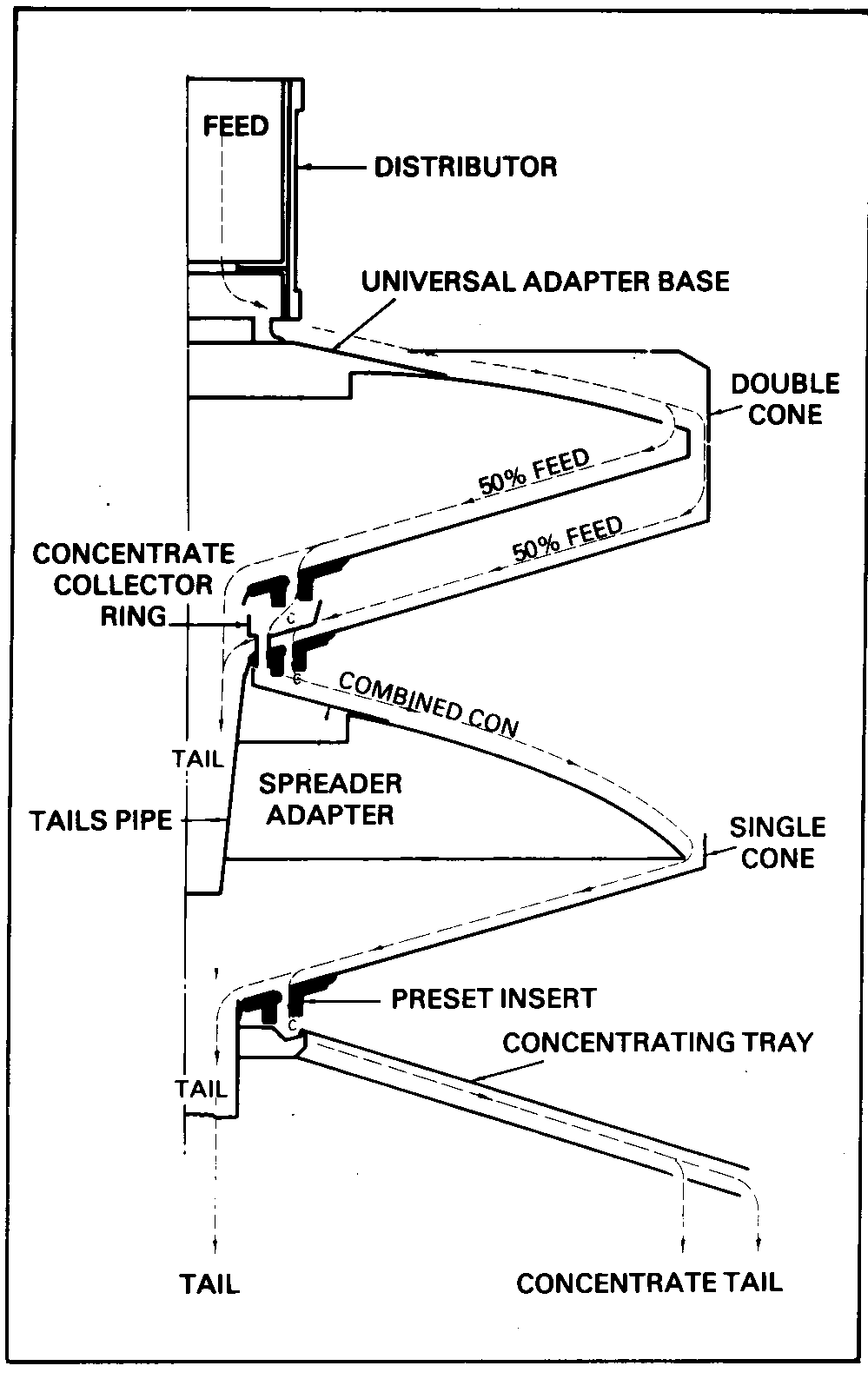Gravity Concentration 6
Water flow in open channels is used to concentrate gold, so we better get a better feel for how the physics work.
When water is not flowing, any entrained sediment will settle to the bottom, even the fine clay grains will eventually settle.
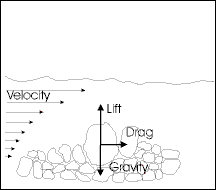
When there is flow, forces will be generated. The forces of interest are the ones generated against the bottom of the sluice.
At very low flows sediments remain stationary on the bottom of the channel. This is very dependent on the average particle size of the sediment. The flow that can not move a bolder in a mountain stream would completely wash out the sand on a beach. A quiet river may be opaque with clay size particles.
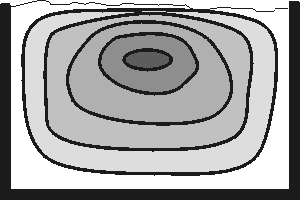
When there is flow in a sluice the velocity is not even from top to bottom. It is fastest at the center near the surface and stopped where it touches the sides and bottom.
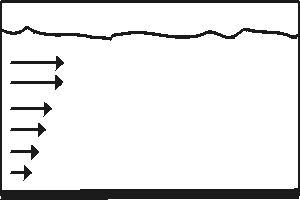
As flows increase one can observe the odd particle moving. The movement of these individual particles is called saltation, the individual particles make little jumps downstream. If the flows are left at this level dunes will form on the bottom of the channel. The dune shapes will either travel downstream,. travel upstream or stay stationary depending on flow velocity.
Faster still and the jumping increases to the point where there is generalized flow of the sediments. If the particle sizes are small then the flow regime can still be laminar. Larger particles take more energy to move and so for full stream movement of large particles, turbulent flow is necessary. To take advantage of laminar flow it is essential to screen the feed size.
The simplest system that takes advantage of the laminar flow of a fluid is the pinched sluice. The idea is to start off with a wide shallow laminar flow of slurry in a channel. As the flow travels, the channel gets narrower which causes the depth of the slurry to thicken. As the heavy minerals are concentrated in the bottom layers of the slurry, one only has to separate the flow into an upper and lower stream to elicit concentration.

I just wish it was that easy. It turns out in practice that feed preparation is all important for this system to work well. To get acceptable recovery levels the water/solids ratio must be constant and the particles must be smaller than about 20 mesh..A large cut has to be made of approx. 10-50% of the flow. A two to one or even ten to one concentration level is not that wonderful even if you get 99% of the heavy minerals. These concentrators have to be operated in a series of steps in a closed loop system with scavenger steps included to get acceptable results.
Feed prep is most important, too thick a feed and it will not work, too thin and the flow may become turbulent, particle size is also important. Larger particles over 10 mesh have a tendency to roll rather than flow in the stream and disrupt the smoothness of the flow.
Where this system shines is when these pie shaped pieces are arranged in a complete circle. The resultant system then becomes the Reichert cone. In large tonnage systems this is probably the very best approach for fine heavy mineral recovery. The capitol cost of such a system is high and the operating cost is low. The absolute minimum size of plant where one of these concentrators should be used is where there is at least 100 TPH of minus 10 mesh material. The feed rate of the plant has to be buffered so that it is run on a continuous basis. These machines will outperform all others in a high volume situation.
